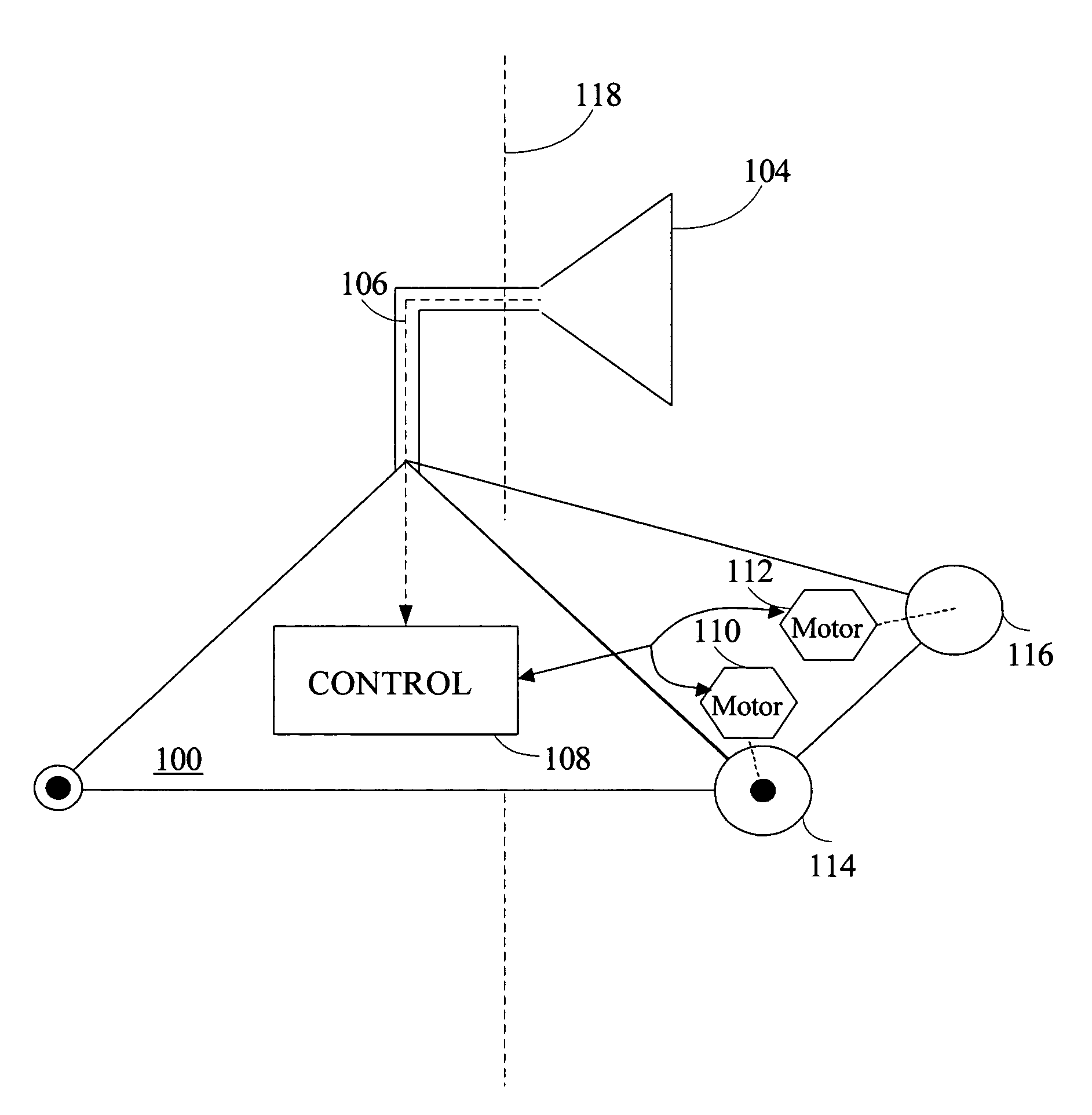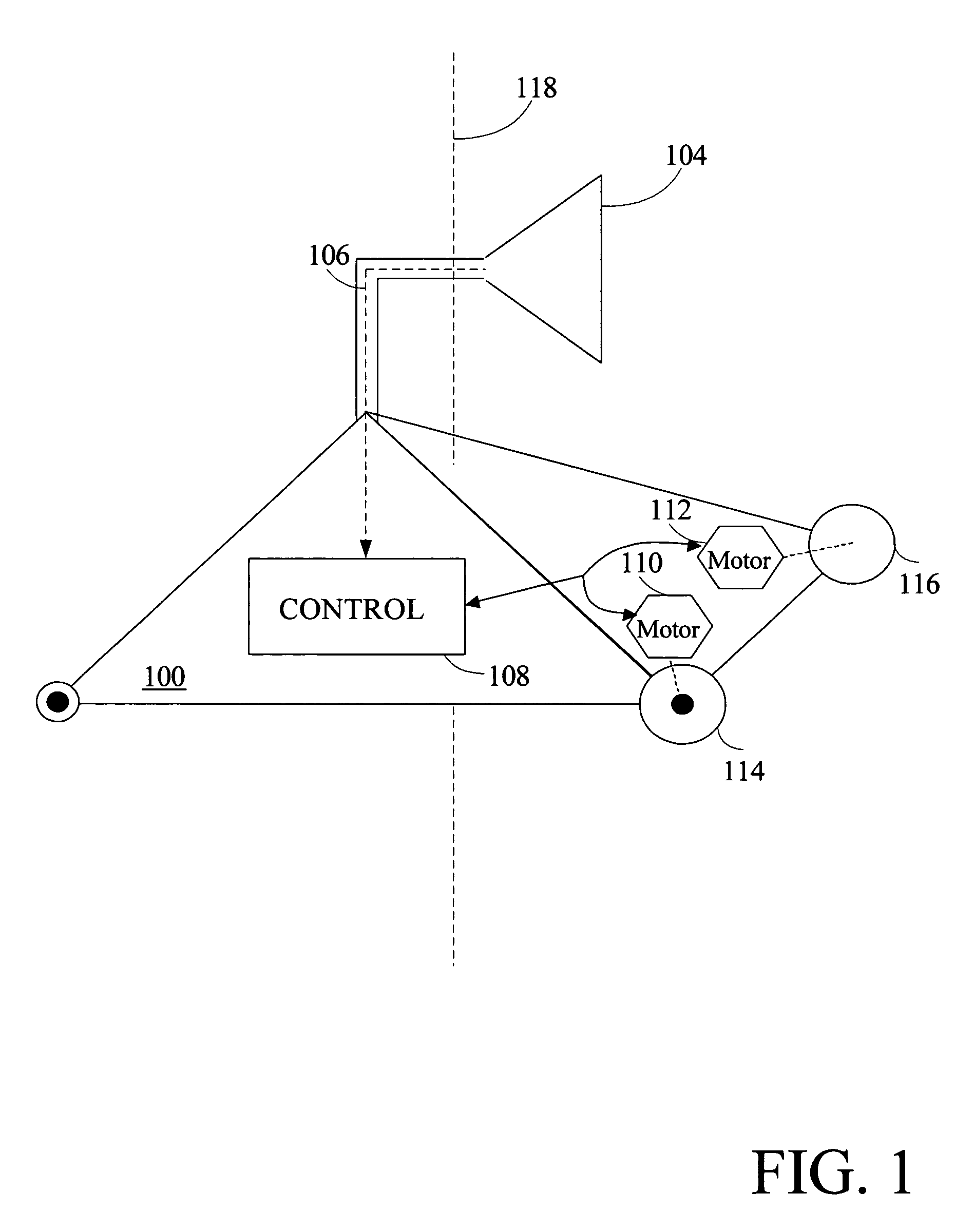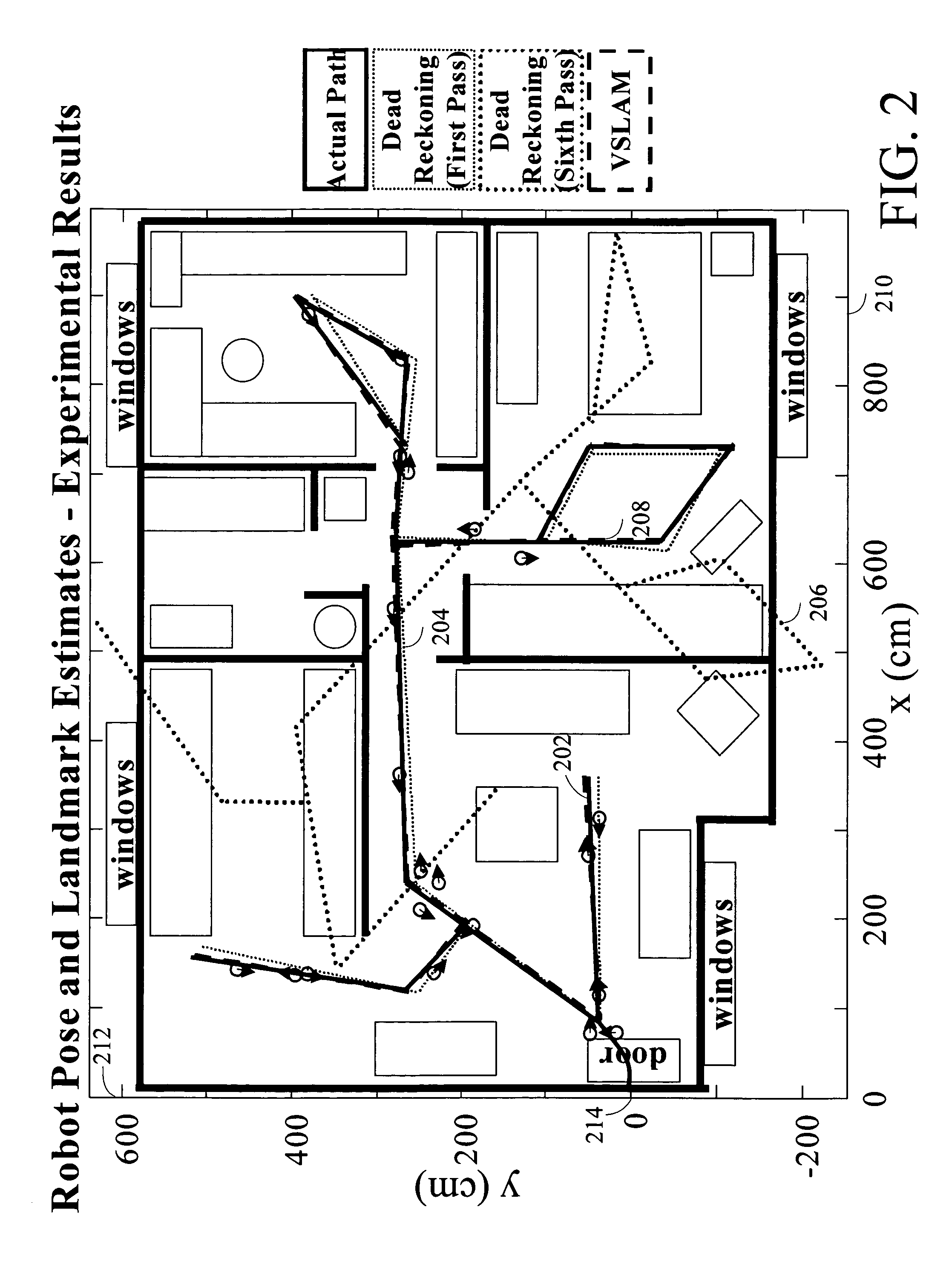Robust sensor fusion for mapping and localization in a simultaneous localization and mapping (SLAM) system
a sensor and localization technology, applied in the field of combining or combining data, can solve the problems of not updating the estimate of characteristic correctly, not convergently, and not knowing the estimate of characteristic,
- Summary
- Abstract
- Description
- Claims
- Application Information
AI Technical Summary
Benefits of technology
Problems solved by technology
Method used
Image
Examples
example 1
[0290]In Example 1 (Sequential), operation of the system is described where the system fuses measurements from two or more reliable sensors. In this example, data for a mobile robot is robustly fused. In the illustrated example, sensor B corresponds to a dead reckoning sensor, such as a wheel odometer, coupled to a robot, and measurement MB from sensor B is based on dead reckoning data, such as odometry measurements, relative to a reliable pre-existing robot pose estimate xold. Sensor C corresponds to a visual sensor, such as a camera coupled to the robot, and measurement MC from sensor C is based on visual estimates, such as visual measurements, of robot pose relative to a pre-existing map. For the purposes of this example, measurements MB and MC are always reliable. Other examples that will be described later illustrate process behavior in the presence of an unreliable measurement.
[0291]With reference to the exemplary environment of the apartment 1602 described earlier in connecti...
example 2
[0294]In Example 2 (Sequential), operation of the system is described in the context of one reliable sensor. In this example, sensor B corresponds to a dead reckoning sensor, such as a wheel odometer, coupled to a robot, and measurement MB from sensor B is based on dead reckoning data, such as odometry measurements, relative to a reliable pre-existing robot pose estimate xold. Sensor C corresponds to a visual sensor, such as a camera coupled to the robot, and measurement MC from sensor C is based on visual estimates, such as visual measurements, of robot pose relative to a pre-existing map. For the purposes of this example, measurement MB is considered reliable, and measurement MC is unreliable.
[0295]With reference to the exemplary environment of the apartment 1602 illustrated in FIG. 16, a previously estimated pose xold indicates that the previous position of the robot is relatively likely to correspond to a part of the apartment 1602 corresponding to the living room 1614 and relat...
PUM
 Login to View More
Login to View More Abstract
Description
Claims
Application Information
 Login to View More
Login to View More - R&D
- Intellectual Property
- Life Sciences
- Materials
- Tech Scout
- Unparalleled Data Quality
- Higher Quality Content
- 60% Fewer Hallucinations
Browse by: Latest US Patents, China's latest patents, Technical Efficacy Thesaurus, Application Domain, Technology Topic, Popular Technical Reports.
© 2025 PatSnap. All rights reserved.Legal|Privacy policy|Modern Slavery Act Transparency Statement|Sitemap|About US| Contact US: help@patsnap.com



